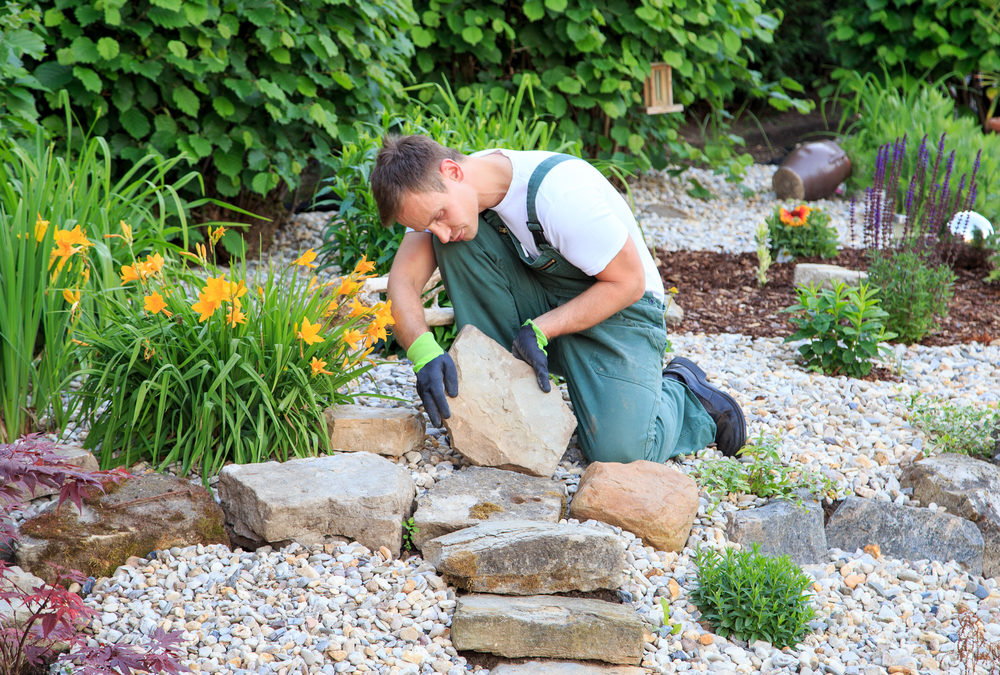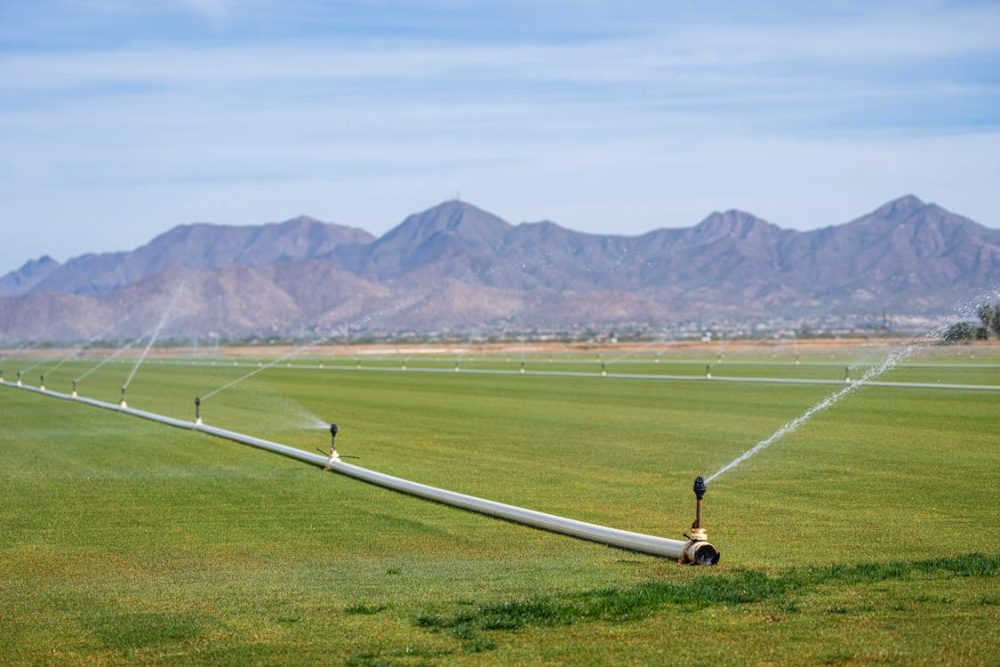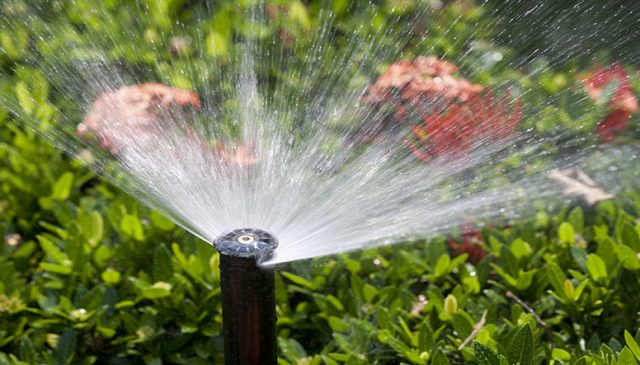With the pandemic, getting your hands dirty has become more than just a hobby. As well as cooking, making bread, and betting on new trends in coquetry, personally taking care of the landscaping of the outdoor area has become a diversion that relieves stress and reflects a new lifestyle.
Moving with the earth renews the energies and reconnects the human being with nature, reestablishing ancestral bonds. But it also serves to make the house more beautiful and personalized, bringing a new affection to the garden – and, deep down, that delightful pride of “I did it.”
So, how about uniting the useful with the pleasant and making small personal interventions in the leisure area with these 7 landscaping techniques? After all, there is nothing more pleasant than taking care of our home, personalizing every corner of the outdoor area!
Landscaping Techniques That Everyone Should Know
From the team Done Right, here we present to you some landscaping techniques. These small but fundamental landscaping techniques can be developed in gardens of any size and place.
They will help you to take better care of the front garden, the beds in the pool, the green areas on the pergolas or anywhere else in the house.
Make a Preliminary Analysis of the Site
One of the first steps in landscaping is getting to know the place well to determine what your project will look like – no matter how big it is.
Take pencil and paper in hand and sharpen your gift of observance: does it make more sun or shade during the day? How is the humidity of the place? Will the plants be exposed to the wind a lot? Is there coverage, or is the incidence of rain direct? What is the type of soil?
Also, analyze whether the plants will be placed directly in the soil, in pots or in beds.
Also, Analyze Your Availability
If you like to get your hands dirty, you’ll probably want to take care of your new garden too. Then make a sincere analysis of your time availability for watering, fertilizing, pruning, transplanting, etc.
If you want to do it, but you know that up ahead, you won’t have time to take care of it or anyone else to take on the task, choose plants that need little maintenance.
Make a Preliminary Choice of Species
Still, in this initial phase of the landscaping project, do research on the types of plants that best suit the chosen location, according to the characteristics you noted earlier.
Find the ones you like best and write them down for later; with the most defined project, make a smaller filter. Choose species of varying sizes, textures, and colors, so you will have a good range of options.
Sketch a Small Project
The next step is to think about the whole: how would you like that place to be? What is your goal? Shade the pergola, bring more color to the wooden deck of the pool, bring green volume to the leisure area?
Sit down calmly and let your imagination run wild, then make a small sketch to follow as a guide. You don’t need to know how to draw; just shape your ideas, so they don’t get lost.
Think About Aaccessories
One of the landscaping techniques is to think about your interaction with the garden. Is it a space for contemplation? Will it serve as a scenario for a ready-made structure? From there, think about accessories.
For example, if the idea is to cover a wall with vegetation, wooden panels can enhance the plants and make them look more sophisticated. They are also perfect for making vertical gardens.
For a garden on the façade or along the grounds, deck paths or paver sealings ennoble the floor and lead to more safety when walking. You can also complement benches and fountains, which can also be made of wooden decking, valuing the chosen plants.
Do not forget that tables and chairs are also part of the landscaping. Thus, it is possible to create special corners around the land, whether for breakfast, reading a book, or wine under the stars.
Don’t forget the lighting
Outdoor gardens and recreational areas should be used at any time, even after the sun goes down. So thinking carefully about lighting is very important.
The lighting should follow your taste, but in general, the landscaping techniques point to lights on the paths and close to the plants, creating points of interest.
Prefer warm LED lights, which are more comfortable and economical. In addition, they also do not heat up as much as halogens, bringing less risk to the garden.
Landscape lighting beautifully values the recreation area, the facade, or the pergola with plants, creating a nice environment to enjoy evenings outdoors.
Try to Make a Functional Space
Remember that your space must be functional. There is no use of a leisure area full of wonderful plants if no one can stay there because there is no shade.
A landscaping project must take into account the functionality of the environment, with places of rest, socializing, and, whenever possible, gourmet support to make the occasions much more pleasant.
The benefits of maintaining a beautiful and abundant green space in the leisure area are many, creating a pleasant place to live and integrate with nature, improving the quality of life more and more.
Want to know more about landscaping? Take the opportunity to subscribe to our newsletter and stay updated about our latest posts! And to take the assistance of professionals for your landscaping needs, contact Done Right – a team of landscaping experts!





